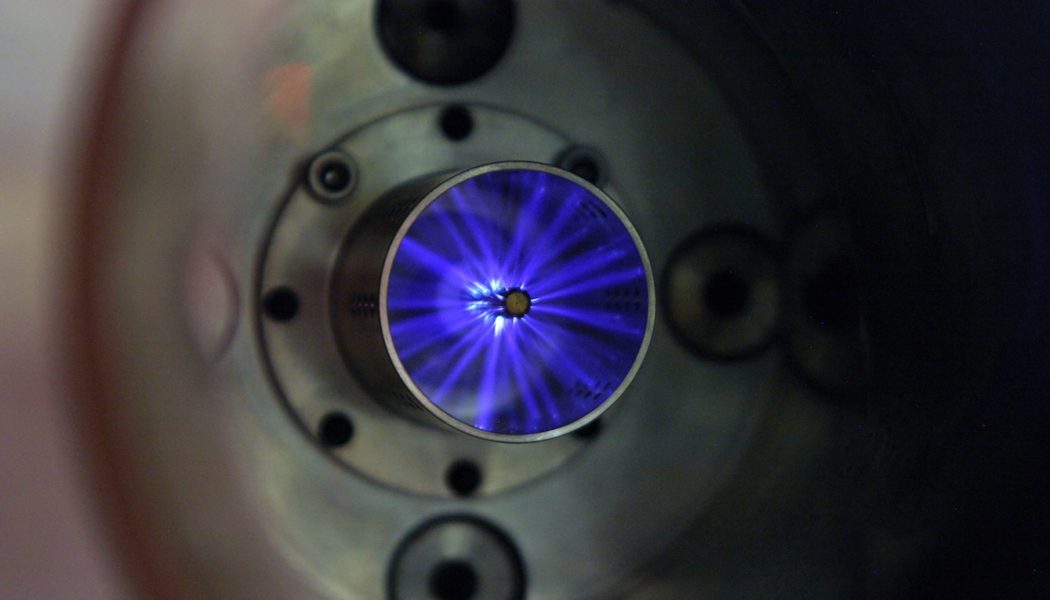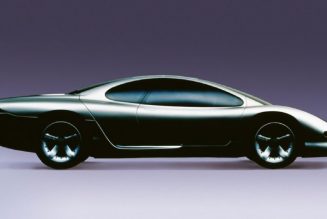Combustion engines won’t completely disappear any time soon, if ever. Certain transportation tasks or operating environments simply don’t lend themselves to battery– or hydrogen-powered electric propulsion. A century and a half of research and development has greatly increased the efficiency of combustion engines, and engineers have loads of additional tricks up their sleeves that promise to extract even more work from a molecule of fuel while producing even fewer harmful emissions. Here are but a few we’re keeping our eyes on, listed in order of complexity and cost to implement.
A 98-Octane Fuel Standard
Simply being able to design an engine to run 15:1 or higher compression greatly improves its thermodynamic efficiency and power density, permitting further engine downsizing. That requires higher-octane fuel, and a research-octane number (RON) of 98 represents a sweet spot, above which producing/refining the fuel consumes more energy, decreasing the well-to-wheels energy/CO2 benefit.
Smart Cylinder Deactivation
Engines are sized for worst-case scenarios like quarter-mile acceleration or towing heavy trailers up Davis Dam. Cylinder deactivation improves efficiency during less extreme driving situations by making a few cylinders work Davis Dam hard while the others do nothing. Dynamic Fuel Management can shut off any or all cylinders in GM’s 5.3- and 6.2-liter V-8s to boost EPA fuel economy by up nearly 12 percent. Tula Technologies and Eaton now propose similar systems for long-haul diesel engines, where a smaller fuel efficiency payoff (1.5-4.0 percent) pays huge NOx dividends by maintaining exhaust temperatures needed to keep catalysts lit.
Innovative Blowers
An engine’s power is limited by the amount of air it can ingest, which is why crankshaft-powered superchargers and exhaust-powered turbochargers were developed more than a century ago. Electric superchargers using recovered energy power the the Volvo Drive E and Mercedes M256 engines, among others; adding a motor/generator to a turbocharger eliminates lag under power and permits energy harvesting while cruising. Two interesting riffs on crank-powered superchargers are the Torotrak V-Charge centrifugal blower, which employs a CVT to quickly match speed to demand, and Hansen Engine Corp’s Lysholm-type blower, which features a window that opens or closes to match demand for air pressure while minimizing losses to deliver turbo efficiency with supercharged responsiveness.
Fancy Ignition Systems
Because fuel takes time to burn, conventional spark plugs fire as the piston is already moving upward, rendering the initial combustion counterproductive. Schemes to ignite more of the mixture simultaneously promise faster combustion that allows it to mostly happen on the downstroke. Ford developed near-infrared lasers to ignite multiple points in a combustion chamber, but cost and reliability remains problematic. Transient Plasma’s drop-in spark plug replacement injects sheets of low-temperature plasma that promises to ignite ultra-lean mixtures quickly and coolly for a fuel economy boost of 10-15 percent and dramatically reduced NOx. Even Maserati’s new pre-chamber Twin-Combustion system qualifies as an ignition accelerator.
Variable Compression Ratio
This cake-and-eat-it concept promises high compression for parsimonious light-throttle cruising and low compression when the turbo is on boost. Nissan’s Rube-Goldberg compound connecting-rod gizmo varies the engine’s stroke, altering compression infinitely between 8:1 and 14:1. We’ve been underwhelmed by Nissan/Infiniti’s VC-Turbo performance and fuel economy and wonder if FEV’s eccentric connecting rod might be simpler and work better. Oil pressure delivered via the crankshaft rotates an eccentric bearing in the piston end, changing the stroke across a narrower range, say from 8:1 to 12:1, promising a 5 percent drop in fuel consumption.
Homogeneous Charge Compression Ignition
Efficiency of a diesel with gasoline emissions! That’s the dichotomous promise of HCCI, which seeks to spontaneously ignite lean gasoline mixtures by compression. GM, Mercedes, and Hyundai all had promising HCCI programs, but only Mazda has brought HCCI to production. Sort of. SkyactivX uses a spark plug some of the time and is still deemed too costly for sale in North America. Nautilus Engineering has proposed an HCCI concept that involves a small piston atop the main piston that enters its own small, higher-compression cylinder at the top of the stroke to initiate compression ignition. However, we’re unaware of any OEM contracts the company holds.
Waste Energy Recovery Systems
Combustion engines make a lot of heat and vibration; why not use it to generate steam power or thermoelectric or piezoelectric energy? BMW’s proposed Turbosteamer system and numerous others have been abandoned for cost and weight reasons. Solid-state thermoelectric generators promise to turn heat, typically from exhaust components, directly into electricity. (Production feasibility awaits improvements in the efficiency of the requisite materials from today’s roughly 5 percent level.) And Duke University researchers propose using piezoelectric crystals like those that expand with voltage to actuate direct fuel injectors to generate power under vibration.
Completely New Engine Concepts
Any radically new engine design faces immense industrial inertia. Nevertheless, a few “better mousetraps” seem to be holding their own. Achates Power recently received another $5 million grant from the Army to continue developing its three-cylinder, six-opposed-piston, twin-crankshaft, two-stroke engine (shown above). In a 4.9-liter super- and turbocharged prototype producing 275 hp and 811 lb-ft, its efficiency reportedly outperformed a 6.7-liter Power Stroke turbodiesel in a Ford F-Series by 20 percent. Scuderi and Primavis have proposed Split-Cycle engines that execute the intake/compression and combustion/exhaust cycles in separate cylinders, each designed for their disparate tasks. This keeps temperatures down. Scuderi ran into legal trouble with its investors, Primavis envisioned its tiny two-stroke engine primarily as a range extender, and neither has made much news lately, though their underlying science seems sound. The LiquidPiston X-1 concept is an “inside-out Wankel” rotary engine featuring a rotor shaped like the Wankel’s housing wobbling through a vaguely triangular housing with three combustion chambers. Mounting oil seals on the stationary housing makes them easier to lubricate. It’s still in active development as a range extender. And then there are bigger leaps of design, like Astron Aerospace’s rotary internal combustion turbine concept, which combines split-cycle operation, HCCI, a superlong expansion cycle, and other great ideas. It’s also still in active development, generating impressive power, torque, and efficiency claims.
Green Fuels Promise Carbon-Neutral Combustion Now
Biofuels: Using green energy to make fuel from plants that pulled CO2 out of the atmosphere theoretically adds no new CO2 to our “greenhouse.” But running on pure ethanol made from corn doesn’t usually count, because the land used to grow that corn has typically been converting the same amount of CO2 whether it became fuel or high-fructose corn syrup, so no net carbon reduction can be claimed. Biofuels made from cellulosic feed stocks like corn stalks, miscanthus grass, or new crops planted where nothing has been or could be grown/harvested before do count, and there are numerous processes for converting cellulosic materials or even trash to ethanol, methanol, or butanol. There are also several algae-to-biodiesel processes identified. Sadly, they’re all too costly to compete with cheap gasoline.
Direct Carbon Capture: Several schemes have been proposed to pull CO2 out of the air and hydrogenate it to form a hydrocarbon fuel. Prometheus Fuels plans to make gasoline from CO2, and an Audi/Sunfire collaboration intends to make diesel from “blue crude” created by using green electricity to combine carbon from CO2 with hydrogen from water. Carbon Engineering in British Columbia, Canada, plans to commercial-scale production by 2022. And ReactWell LLC hopes to combine an Oak Ridge National Laboratory process for converting CO2 directly to ethanol with its own process for upconverting that to bio-crude oil that’s refinable into various hydrocarbon fuels.










